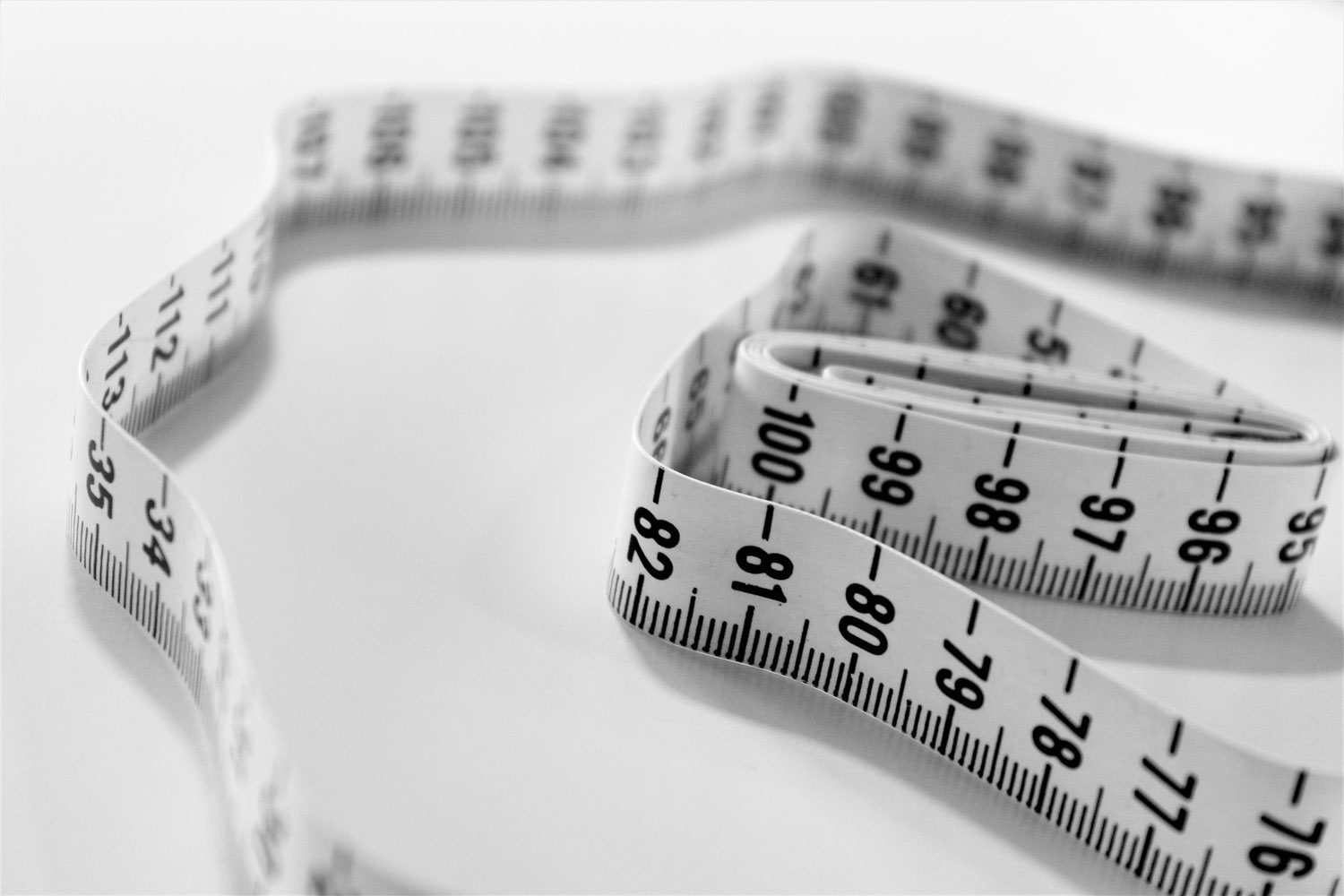How to Measure Bike Size: Quick Guide to Finding Your Fit
Bike fit is easily the most crucial consideration when choosing a new bike. If the bike is too small, it will feel awkward and too tight. If it’s too large, it could prove challenging to even reach the handlebars.
Despite the importance of a bike’s fit and all the potential pitfalls, most people don’t need a bike shop specialist to help them when it comes to selecting a bike size. If you have reservations about buying a bike without seeing it first, you’re not alone. Many people are hesitant to purchase a new bike online because they can’t test it out in person.
Before you shop for a bike, you’ll need to take several body measurements. Bike sizes are based on a person’s height and body frame dimensions — not on weight. You’ll want to know your height, inseam, torso length, and arm length — the basics. Be sure to remove your shoes before taking these measurements. The measuring process is easier with a helper and a soft measuring tape.
In this guide, we’ll steer you through the process so you can feel confident about buying a bike online or with a specialist.

Bike Sizing: How It Works
While many bikes offer sizing that you’re familiar with, such as S, M, L, or XL, others don’t. Other bikes provide a size listed in inches or centimeters as one number (such as 18 inches or 58cm).
The frame size of a bike refers to the length of its seat tube. This measurement is given in one of two ways. The “C-T” measurement runs from the center of the bottom bracket (where the cranks enter the bike frame) to the top of the top tube (the horizontal tube that runs between the headset/handlebars and the seat post). The “C-C” measurement runs from the center of the bottom bracket to the center of the top tube (C-C).
There is no industry standard for gathering bicycle measurements or fitting the bike to the rider, and most brands measure bikes in slightly different ways.
Compared to men, women and children (especially young girls) have shorter arms and longer legs. This means that they will have a slightly different fit on a bike, particularly on road bikes.
The easy rule of thumb for women and children is if you’re on the fence between two bike sizes, go with the smaller size. It’s easier to control a smaller bike, and the saddle height can be increased easily.
Still, every bike brand should offer some specifications based on their measurement standards. To find sizing charts, check the brand’s website for their preferred standards.
How to Measure Your Bike

Regardless of the type of bike you want, take care that you get the correct size and fit for your body. This is important, not just from the comfort factor, but also from a safety perspective.
For simple, beginner bike sizing, all you need are some measurements that you can easily take with a soft tape measure. These measurements will help zero in a good frame size for your body.
If and when you want a precise bike fit, you should visit a local bike shop first.
What Measurements Do I Need?
Learning how to measure a bike is half the job. You also need three different measurements to find the perfect bike size for your body structure.
Height: This is the key first step. Most manufacturers have bike size charts that show the appropriate bike sizes for specific heights. Height alone cannot guarantee a perfect fit, so we recommend that you also get the next two measurements.
Inseam Length: Stand with your feet planted about 6 inches apart, like you would do when you straddle a bike. Measure the length from your crotch to the bottom of your feet. When using this method, it is easiest to have someone with you to help you measure.
If you are alone, use a hardcover book to help measure. Stand against the wall with bike shoes on; straddle the book, spine up; and mark the wall with a pencil where the book’s spine meets the wall. Then, you can step away from the wall and measure the mark to the floor. Be sure to measure several times for accuracy.
Ideal Seat Tube Length: For obvious reasons of safety and health, you need a healthy level of clearance between your crotch and the top tube (for road/commuter/gravel bikes, about three finger-widths). For road bikes, the minimum recommended clearance is 2 inches (or 10cm).
For mountain bikes, you get some extra room by having at least 4-5 inches of clearance. This way, you can avoid serious injury to your inseam when you have to brake hard and jump off the saddle!
To easily find the seat tube length for road bikes, multiply your inseam length by 0.67. Mountain bikes will be 10-12cm (4-5 inches) less than this number.
Bike Type & Sizing

Road bikes are more difficult to accurately fit than other bikes and require a few more measurements to hone the fit. In addition to the seat tube length, you need to have just enough horizontal length — commonly referred to as “reach” — on a road bike to let you comfortably stretch forward into your pedaling stance.
The good news is that if you find a frame that fits, you can dial in the reach by making small adjustments to the saddle position (front to back) and/or stem length (where the handlebars clamp into place).
Once you have a frame you like, you can — and should — take it to a local bike shop for a once-over. While there, they can help dial in these small adjustments and outfit you with any new parts to do so.
Meanwhile, the stand-over height is the most important thing to look at when sizing a mountain bike or commuter bike.
The stand-over height of a bike frame, or the distance from the center of the top tube to the ground, should be 2-5 inches less than your inseam, depending on the type of bike. Aggressive mountain bikers will need 4-5 inches difference between the stand-over height and inseam length, while road cyclists and commuters only need about 2 inches of clearance.
How to Choose the Right Bike for You
Different types of bikes have their pros and cons, but there’s no best or worst. The right bike is the one that you find comfortable, practical, and enjoyable to ride.
Picking the right bike is a personal decision, so make sure to do your homework and have a realistic budget in mind. Bike prices certainly have risen over the years, and biking popularity has spiked during the COVID-19 pandemic, exacerbating these price jumps.
The hardest part of the process is deciding what type of bike to purchase. Once you’ve pinpointed the type of bike that fits your needs, then it’s time to focus on specific guidelines for the right fit, functionality, and comfort.
The post How to Measure Bike Size: Quick Guide to Finding Your Fit appeared first on GearJunkie.
